Types of Proposals for Every Business Transaction (With 20+ Samples)
The following collection of samples are business proposals from various industries.
-
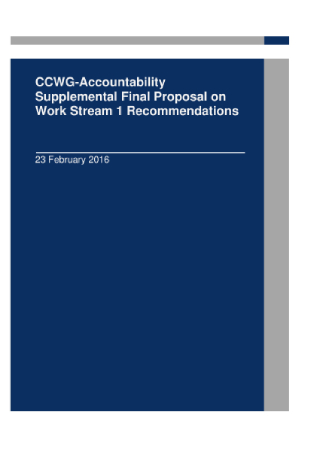
Accountability Supplemental Proposal
Address accountability concerns raised during discussions with a supplemental proposal.
-

Budget Proposal
Outline the funds needed for your financial commitments in a detailed proposal.
-
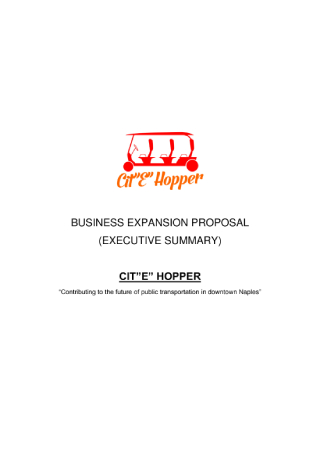
Business Expansion Proposal
Expand your business operations by documenting your proposed plans on paper.
-
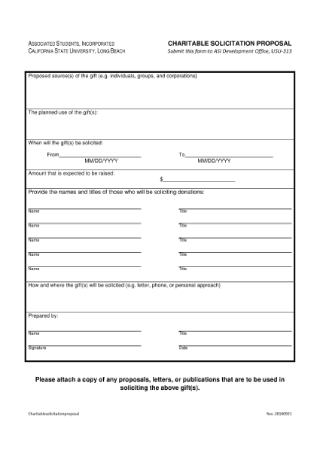
Charitable Solicitation Proposal
Apply for grants using a charitable solicitation proposal.
-
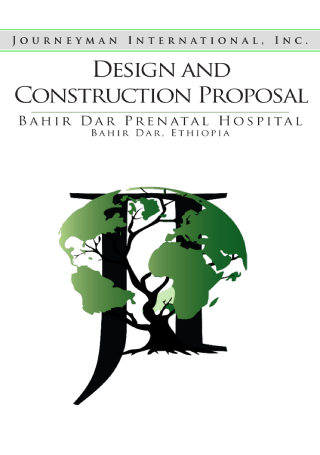
Design and Construction Proposal
Provide details for your design and construction project through a written proposal.
-
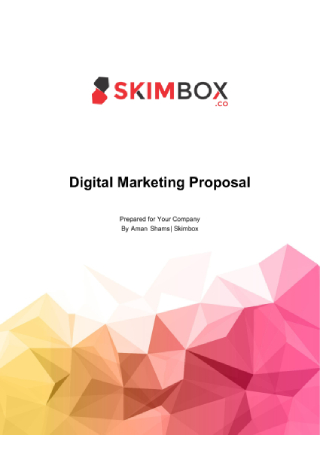
Digital Marketing Proposal
Win customers over with a creative digital marketing proposal.
-

Donor Funding Proposal
Get donors to sponsor your project with the use of a funding proposal.
-

Investment Proposal
Gain the funding you need to keep your business alive with the help of an investment proposal.
-
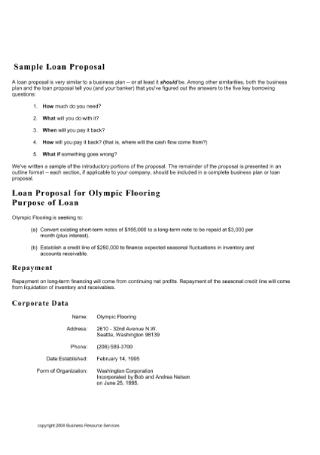
Loan Proposal
Boost your chances of obtaining a loan through a formally composed proposal.
-
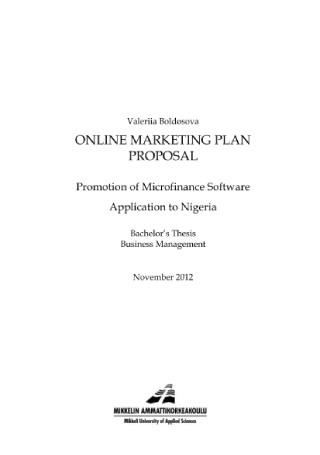
Online Marketing Plan Proposal
Prioritize online marketing efforts with the help of this proposal sample.
-

Partnership Proposal
Show clients what you can bring to the table through a partnership proposal.
-

Project Continuation Proposal
Request for continued funding of a project with a continuation proposal.
-

Proposal for eCommerce Website
Persuade prospects to do business with you using a simple proposal.
-
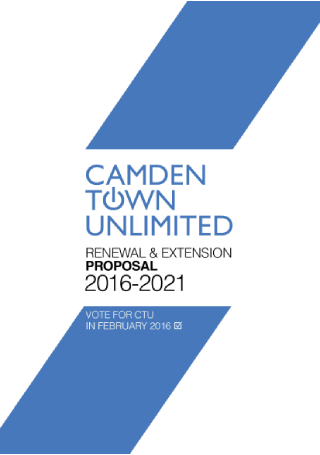
Renewal and Extension Proposal
Make a proposal to renew and extend business operations using this sample.
-
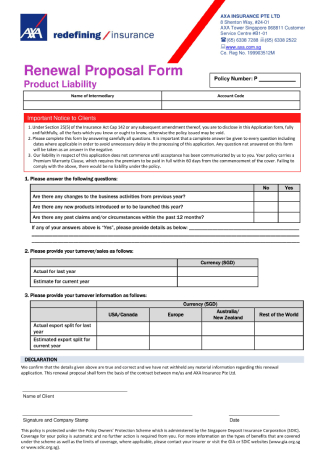
Renewal Proposal Form
Simplify the development process by using a form for your renewal proposal.
-

Research Program Extension Proposal
Extend the timeline of your research program by creating a proposal.
-

Sponsorship Proposal
Pitch a sponsorship deal for your event with the help of a proposal.
-
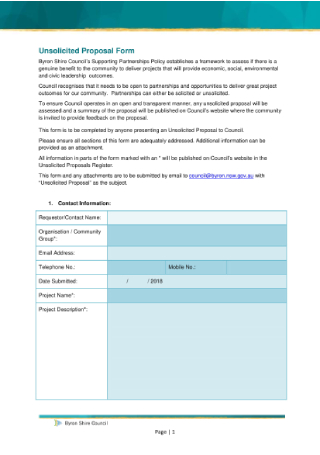
Unsolicited Proposal Form
Impress prospective clients and investors with an unsolicited proposal.
-

Web Development Proposal
Propose a website development project to clients with the use of this sample.
-
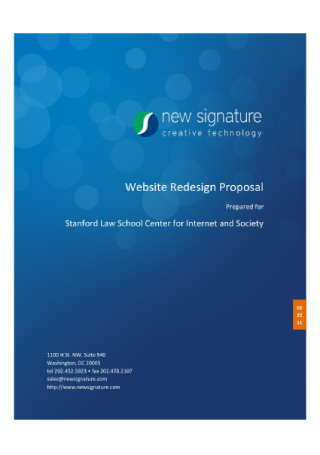
Website Redesign Proposal
Use a website redesign proposal to explain how you can transform a client’s website for the better.
FREE Business Transaction s to Download
Types of Proposals for Every Business Transaction (With 20+ Samples)
What Is a Proposal?
Six Types of Proposals
What Is a Proposal?
A proposal refers to a written offer made by a seller to a prospective buyer. It serves as a key role in the sales process by giving a proposer the opportunity to pitch a business idea with a client or investor for potential partnerships and deals. The proposal is designed to educate the buyer about the capabilities of the seller in satisfying their demands. These documents often put the buyer’s needs in a context that shows just how valuable the seller’s products and services may be in their day-to-day living. Though you’re bound to face a series of rejections along the way, a sales tool like this is sure to give your business a good shot for success.
Six Types of Proposals
Before you start planning and constructing this business document, you need to know what kind of proposal is required. This will give you an idea as to what elements to focus on and the details to dig into in order to fulfill the needs of a buyer. Listed below are the common types of proposals you’re likely to write for a business purpose.
